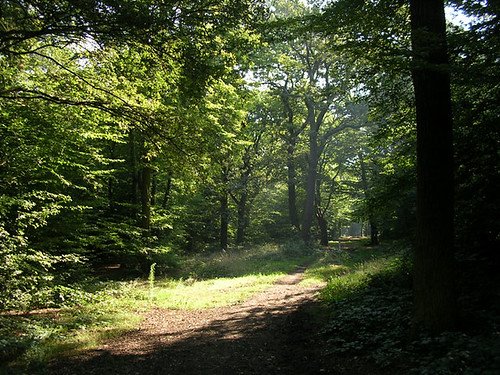Imagine standing in the heart of a quiet German forest, the air thick with the scent of pine and moss, when suddenly, a haunting melody sweeps through the trees. The sound is neither bird nor beast, but something far more mysterious—an ethereal singing, rising and falling as the wind weaves its way through the woodland canopy. This isn’t the stuff of fairy tales or old legends. It’s a real phenomenon, a mesmerizing symphony that has captivated scientists, hikers, and dreamers alike. What makes this forest sing, and why does the wind hold the key to its enigmatic voice?
The Mystery of the Singing Forest
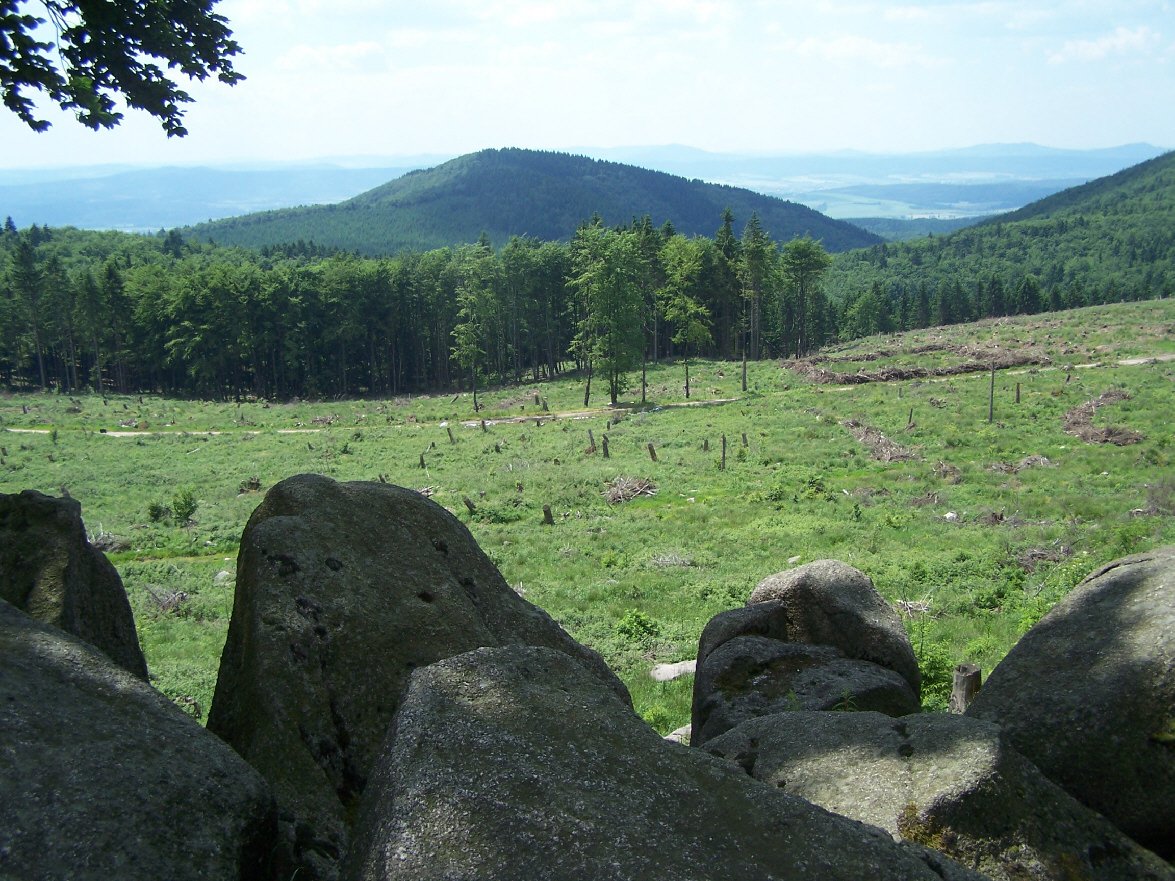
Deep in the Thuringian Forest, nestled in the heart of Germany, lies a natural wonder that has sparked curiosity for generations. Local inhabitants have shared stories of the forest’s “music” for centuries, with some describing it as a choir of spirits while others insist it’s the work of nature itself. Unlike the usual rustle of leaves or creak of branches, this sound is melodic and eerily harmonious, making it hard to dismiss as just another woodland noise. The singing seems to awaken only when specific winds sweep through, as if the trees are waiting for the perfect cue to begin their performance. This phenomenon has become so intertwined with local culture that it’s inspired poems, paintings, and even scientific investigations.
A Symphony Born of Nature
The explanation behind the singing is as fascinating as the sound itself. It’s not magic, but rather a unique interplay of wind, tree structure, and landscape. Certain trees, particularly those with hollow trunks or branches, can act like natural flutes or organ pipes. When the wind blows at just the right speed and direction, it passes through these hollows, producing clear, sustained tones. The forest’s varying elevations and densely packed trees help to amplify and project these tones, creating a layered and resonant effect that can be heard for miles. It’s a living, breathing symphony orchestrated by the most unpredictable conductor: the wind.
The Science Behind the Sound
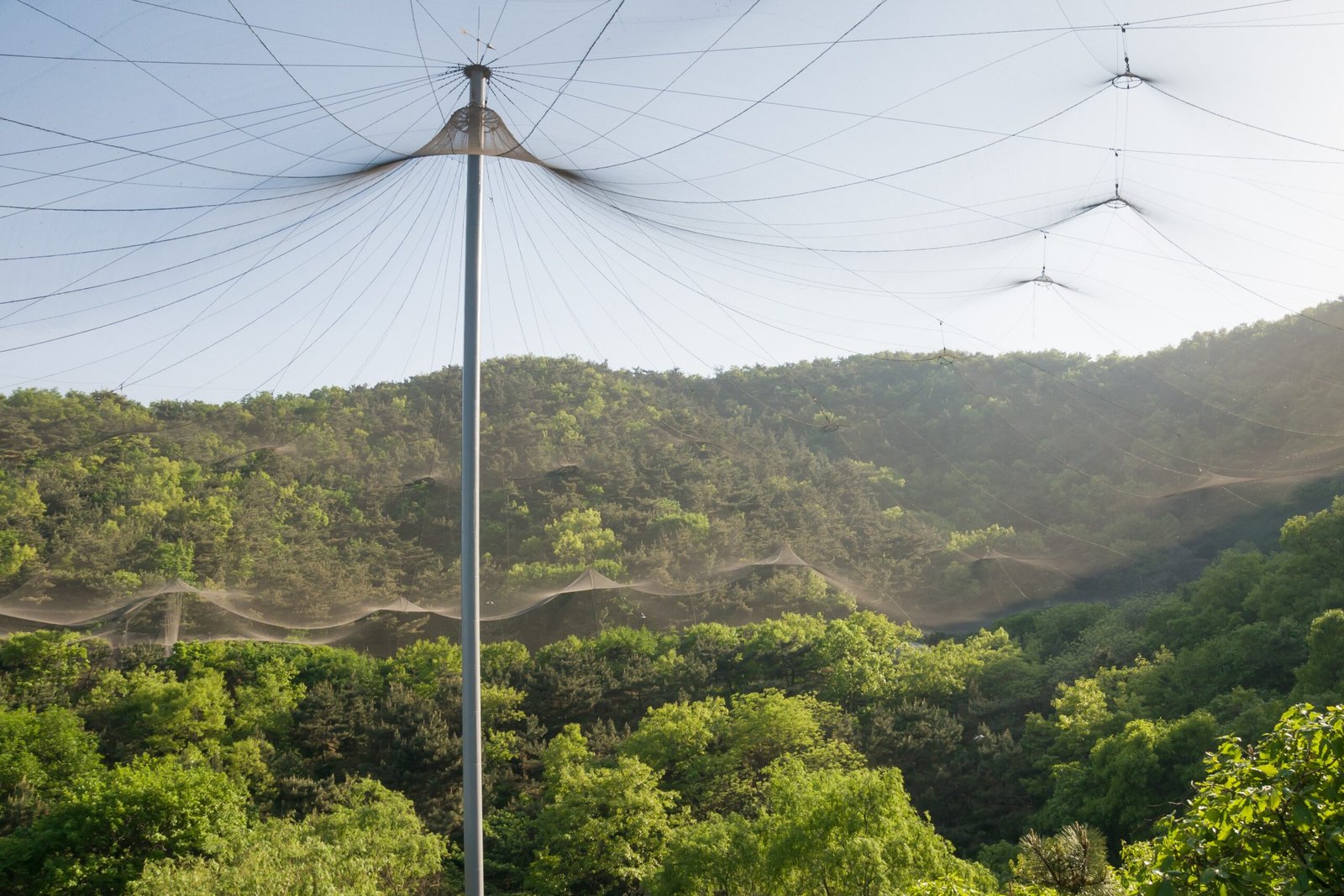
Scientists have been drawn to the singing forest like moths to a flame, determined to understand what transforms ordinary trees into musical instruments. The phenomenon is a textbook example of aeroacoustics—the study of how air movement produces sound. As wind speeds fluctuate, they create oscillations within the tree cavities, similar to blowing across the mouth of a bottle. These oscillations generate standing waves, which, depending on the size and shape of the hollow, create sounds of different pitches and volumes. Researchers have even used sensitive microphones and spectral analysis to identify the precise frequencies produced, revealing a rich tapestry of tones that are both random and harmonious.
A Landscape Shaped by Wind and Wood
Not every forest can sing like this one. The Thuringian Forest’s topography, tree species, and climate all play a role in making the phenomenon possible. The dense mix of spruce, pine, and beech trees, many of which have naturally occurring hollows from age or woodpecker activity, forms the ideal setting. The forest’s hills and valleys help funnel the wind, sometimes accelerating it to just the right velocity. Even the moisture in the air matters—a damp day will dampen the sound, while crisp, dry air lets it ring out. This delicate balance makes the singing both rare and unpredictable, heightening its allure.
Legends and Folklore Surrounding the Singing Woods
Long before scientists arrived with their sensors and theories, the German people crafted stories to explain the singing woods. Some tales tell of ancient spirits or woodland creatures using the forest as their stage. Others claim the sound is a warning or blessing, depending on its tone. The Thuringian Forest, steeped in history and mystery, is a source of inspiration for countless fairy tales, and the singing phenomenon only adds to its mystique. Even today, locals might pause on a blustery day, listening for the faint strains of a tune that seems to come from another world.
Experiencing the Singing Forest Firsthand
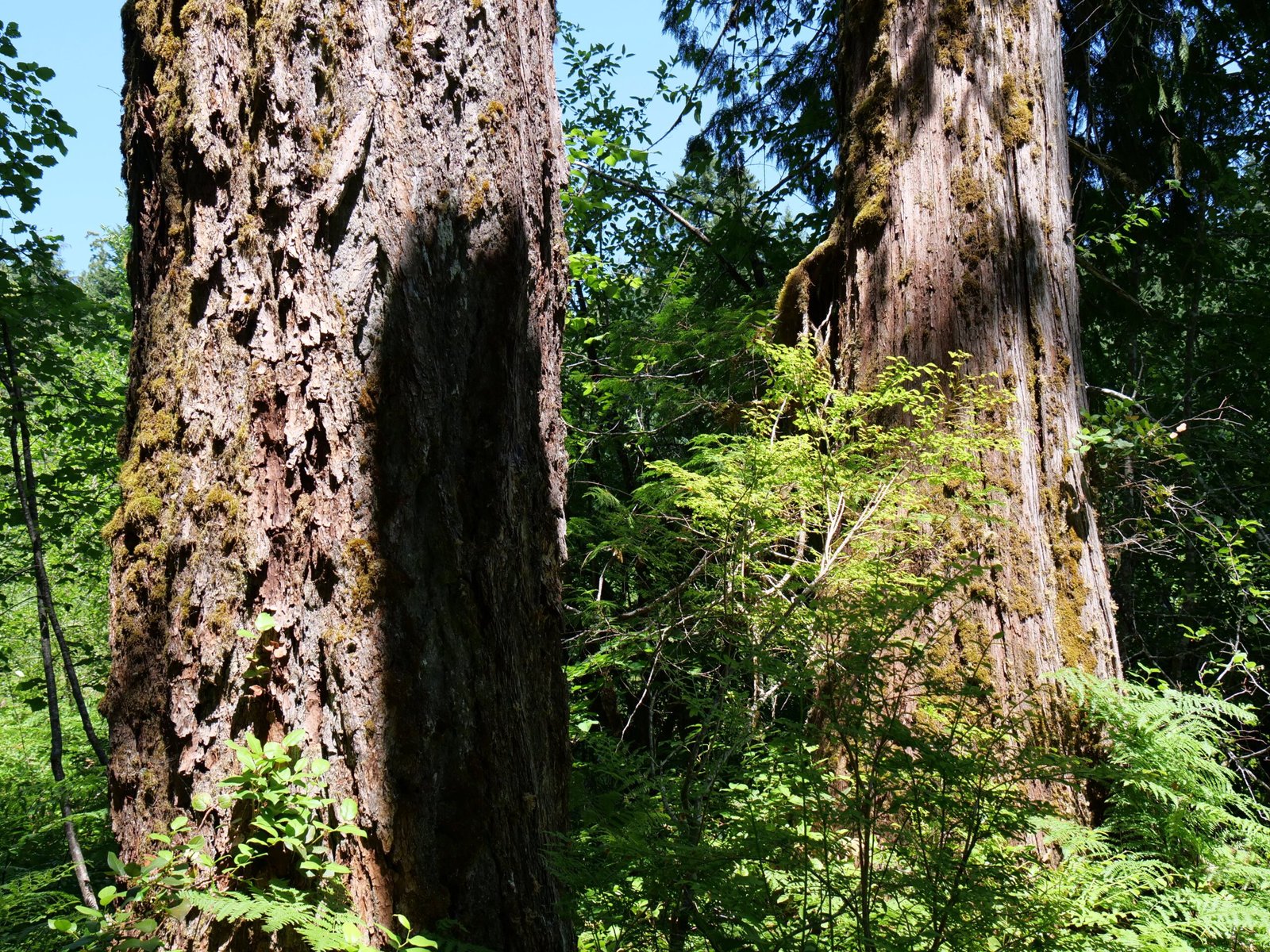
For those lucky enough to visit, encountering the singing forest is an unforgettable experience. Hikers report moments of sudden silence, followed by a gentle hum that grows into a full chorus. The sound can be haunting—almost otherworldly—or soothing, depending on the weather and the listener’s mood. Some visitors describe a sense of awe, as if nature itself is revealing a secret. Others are moved to tears, overwhelmed by the beauty and mystery of the moment. It’s a reminder of the power and unpredictability of the natural world, and why it continues to fascinate us.
Inspiring Art, Music, and Imagination
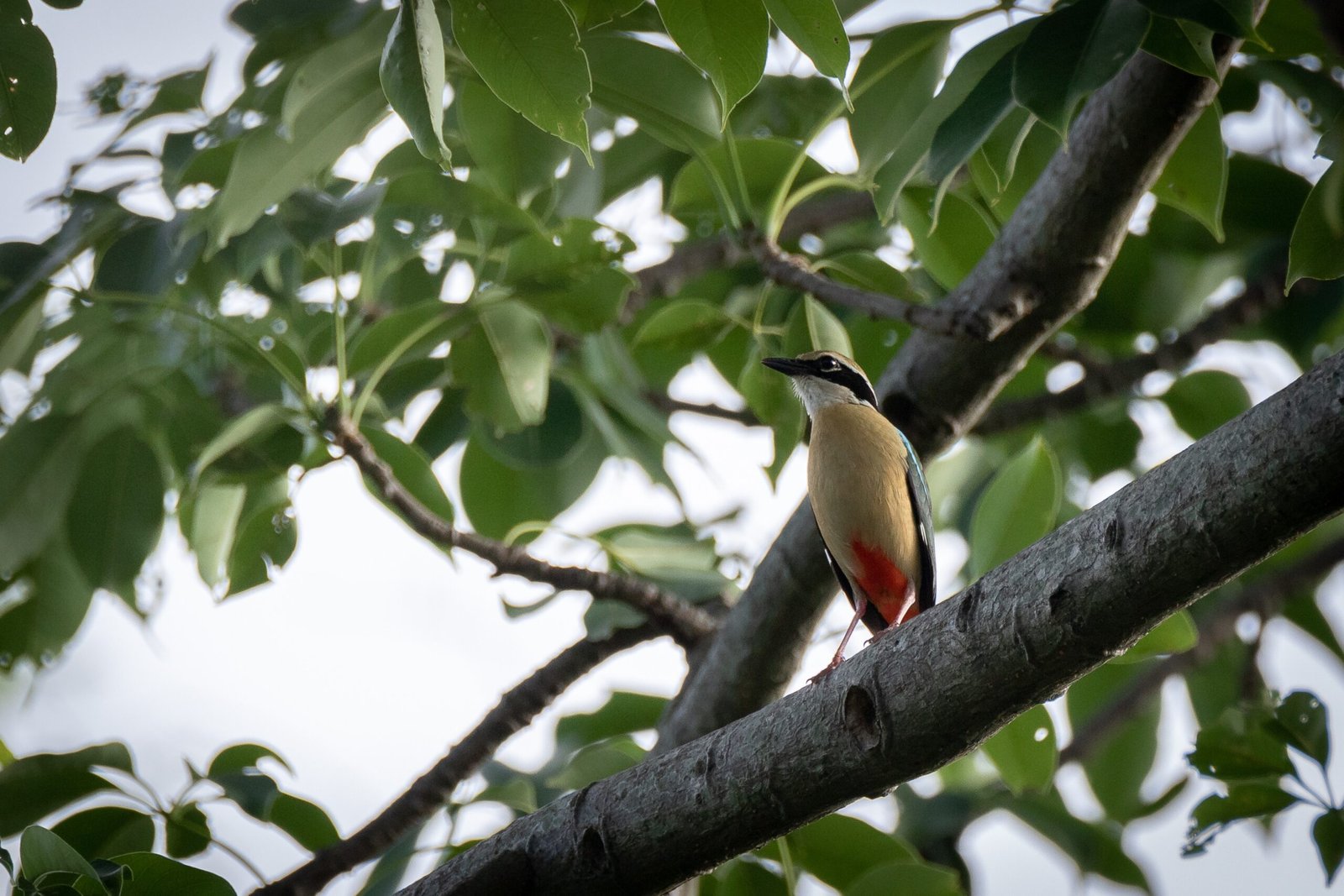
The forest’s haunting melodies have inspired more than just scientific study. Musicians, poets, and artists from Germany and beyond have tried to capture its magic in their work. Composers have created pieces that mimic the forest’s tones, while painters have sought to depict the strange, almost mystical atmosphere the singing creates. Some local schools even hold annual storytelling contests where children invent new legends about why the forest sings. This phenomenon is more than a curiosity—it’s a wellspring of creativity and cultural pride.
The Role of Climate and Change
As climate patterns shift and forests around the world face new challenges, the future of the singing forest is uncertain. Warmer temperatures, invasive pests, and increased storms can alter the age and health of the trees, possibly reducing the number of hollow trunks and branches that create the music. Scientists are monitoring these changes closely, hoping to understand how the phenomenon might evolve or disappear. There is also a growing movement among conservationists to protect these forests, not just for their ecological value, but for their unique ability to connect us with nature’s hidden wonders.
Modern Technology Meets Ancient Mystery
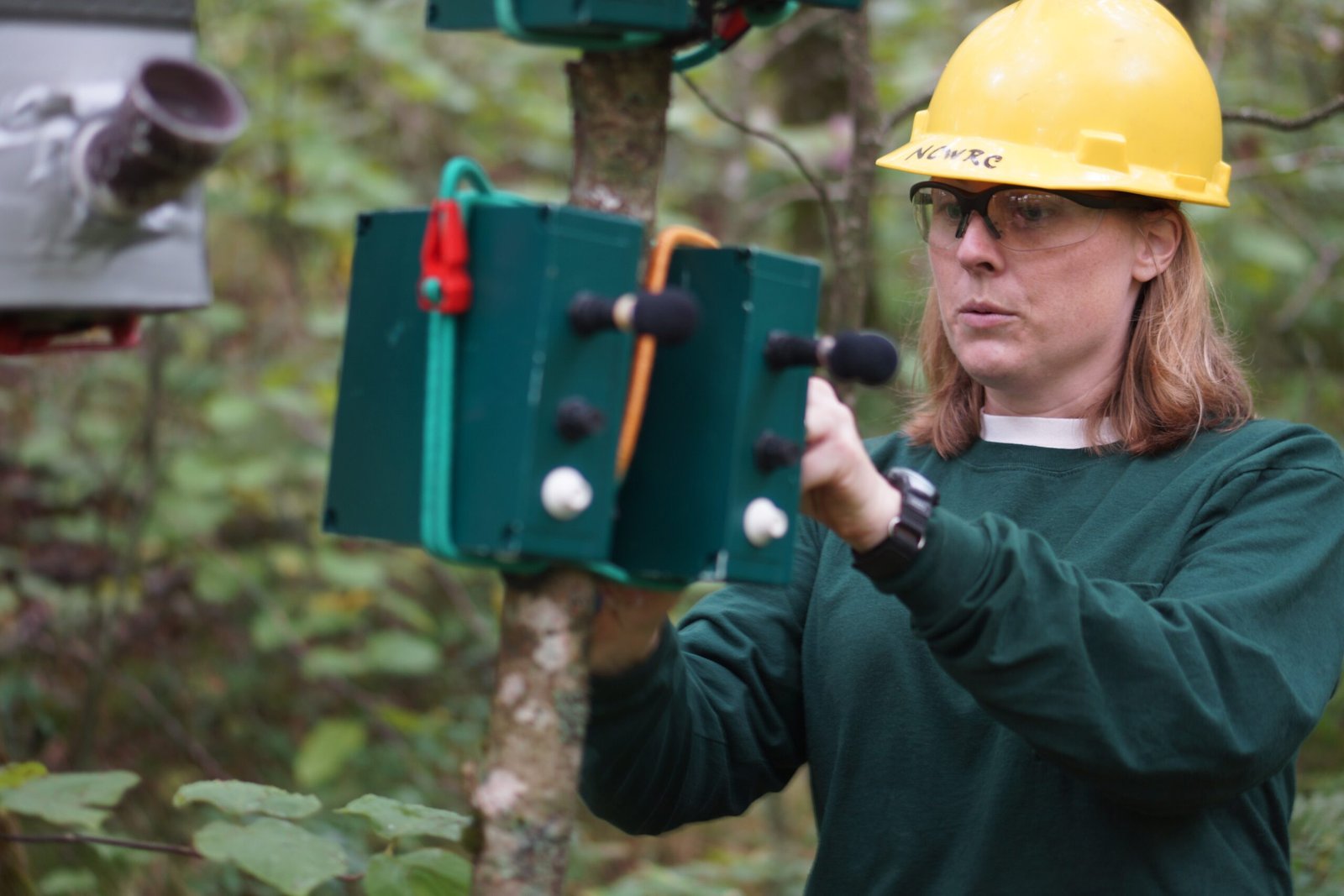
Recent advances in recording technology have allowed researchers to capture the singing forest’s sounds in stunning detail. High-quality audio equipment, paired with wind and humidity sensors, can document exactly when and how the phenomenon occurs. These recordings are shared globally, allowing people who may never visit Germany to experience its magic. Some scientists have even built digital models to simulate the sounds, hoping to learn more about the complex interactions that give rise to the music. This blend of old-world mystery and modern science has only deepened the fascination.
How to Witness the Singing for Yourself
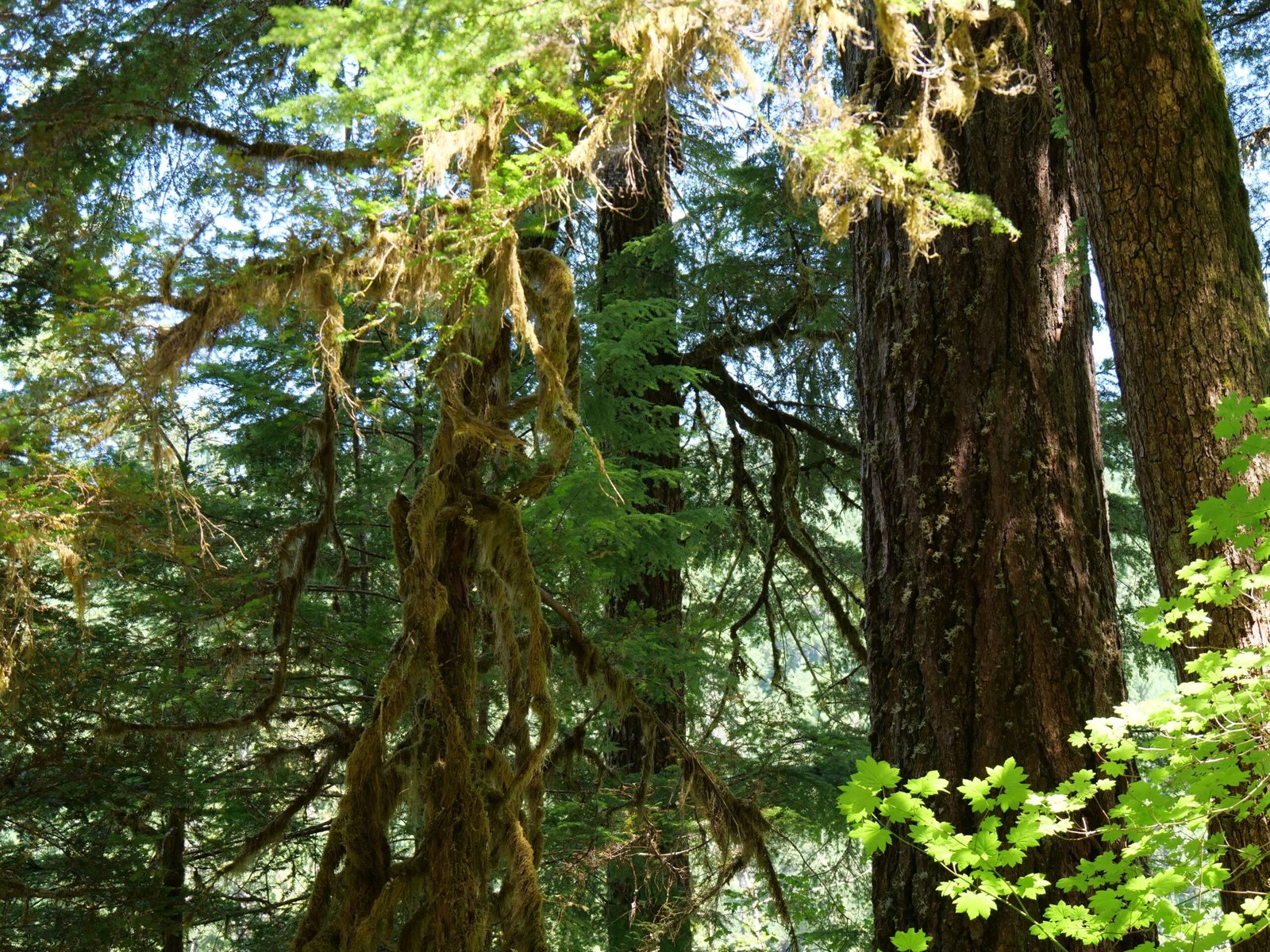
If you’re longing to hear the forest sing, timing and patience are key. The phenomenon is most likely to occur during specific weather conditions—typically when the wind is strong but steady, and the air is dry and cool. Guided tours and local rangers can sometimes predict when it might happen, but there’s no guarantee. Some visitors return year after year, hoping to catch the elusive melody. The experience is often described as pure luck, a reward for those who are patient, quiet, and open to the unexpected.
The Unforgettable Power of Nature’s Song
Standing in the midst of the singing forest can change the way you see the world. The realization that something as simple as wind and wood can create such beauty is both humbling and uplifting. It’s a reminder that, even in an age of technology and instant information, there are still mysteries worth chasing—moments when the ordinary becomes extraordinary, and nature reveals its hidden harmonies. Would you have ever guessed that a forest could sing if you hadn’t heard it for yourself?

